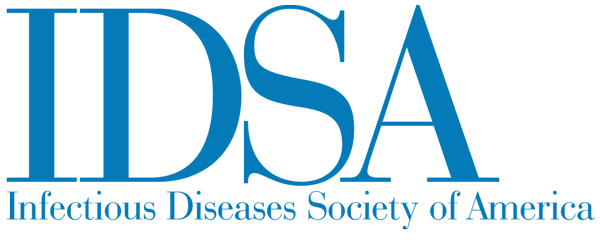The COVID Archipelago: Volcanoes and variants
Facebook Twitter LinkedIn EmailMost archipelagos are created by volcanoes erupting from the ocean floor. Imagining such volcanoes as hotspots of SARS-CoV-2/COVID infections, the virus variants can be imagined as an archipelago of islands above the surface. Each new island has the potential to become its own volcano and spread new variant viruses globally like a COVID Krakatoa.
To see all such islands, both variants of interest and variants of concern, requires the vision provided by surveillance tools: (1) genetic sequencing linked with (2) genomic epidemiology and (3) bioinformatics.
On Friday, the White House announced $1.7 billion “to fight COVID-19 variants.”
Of this $1.7 billion, $1 billion will go to increasing genomic sequencing to 29,000 samples per week from the current 8,000 per week. Importantly, at the White House briefing this morning it was stated that this sequencing capability will be used for future viruses in addition to SARS-CoV-2.
Six “Centers of Excellence in Genomic Epidemiology” will be created with $400 million. The final $300 million will create a “National Bioinformatics Infrastructure” to integrate the sequencing and epidemiologic data “to connect the dots between how pathogens spread and mutate to help solve outbreaks”.
This U.S. initiative “to fight COVID-19 variants” could not have come too soon. While viruses never sleep, humans always do. SARS-CoV-2 has been mutating since late 2019. Variants of interest, and Variants of concern have been identified in the United States and worldwide.
More variants of concern, e.g., those capable of increased transmission and/or virulence and/or immune evasion exist today than have been recognized due to far too little capability in most nations of the world for the required genetic sequencing, genomic epidemiology, and bioinformatics.


